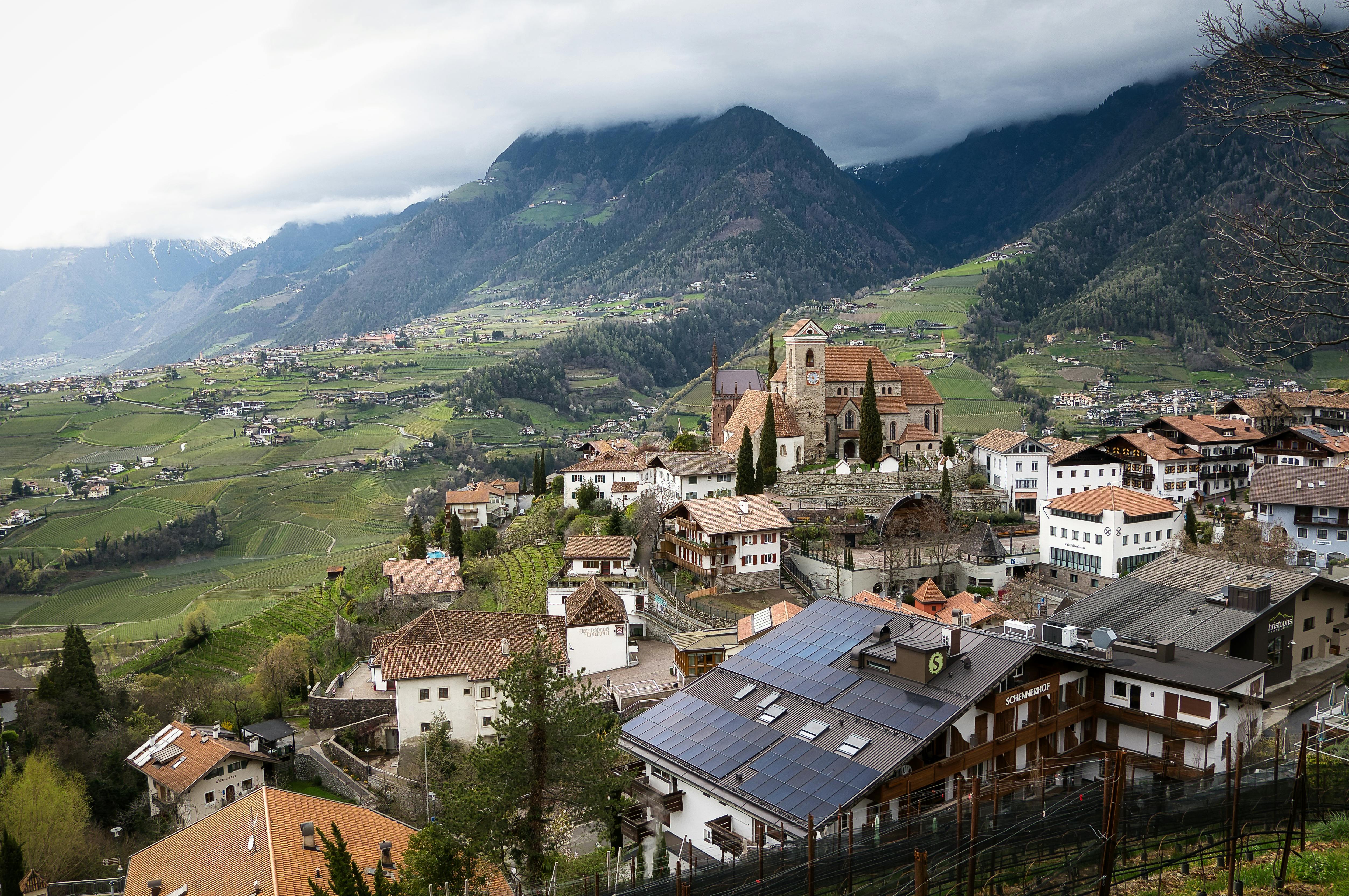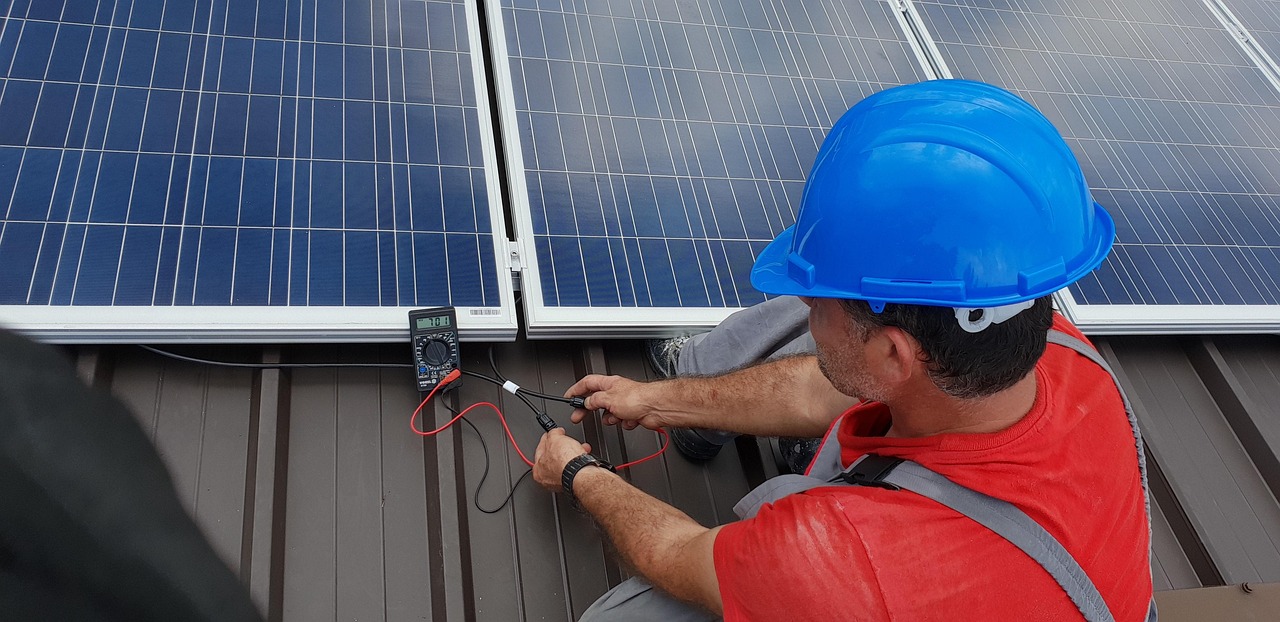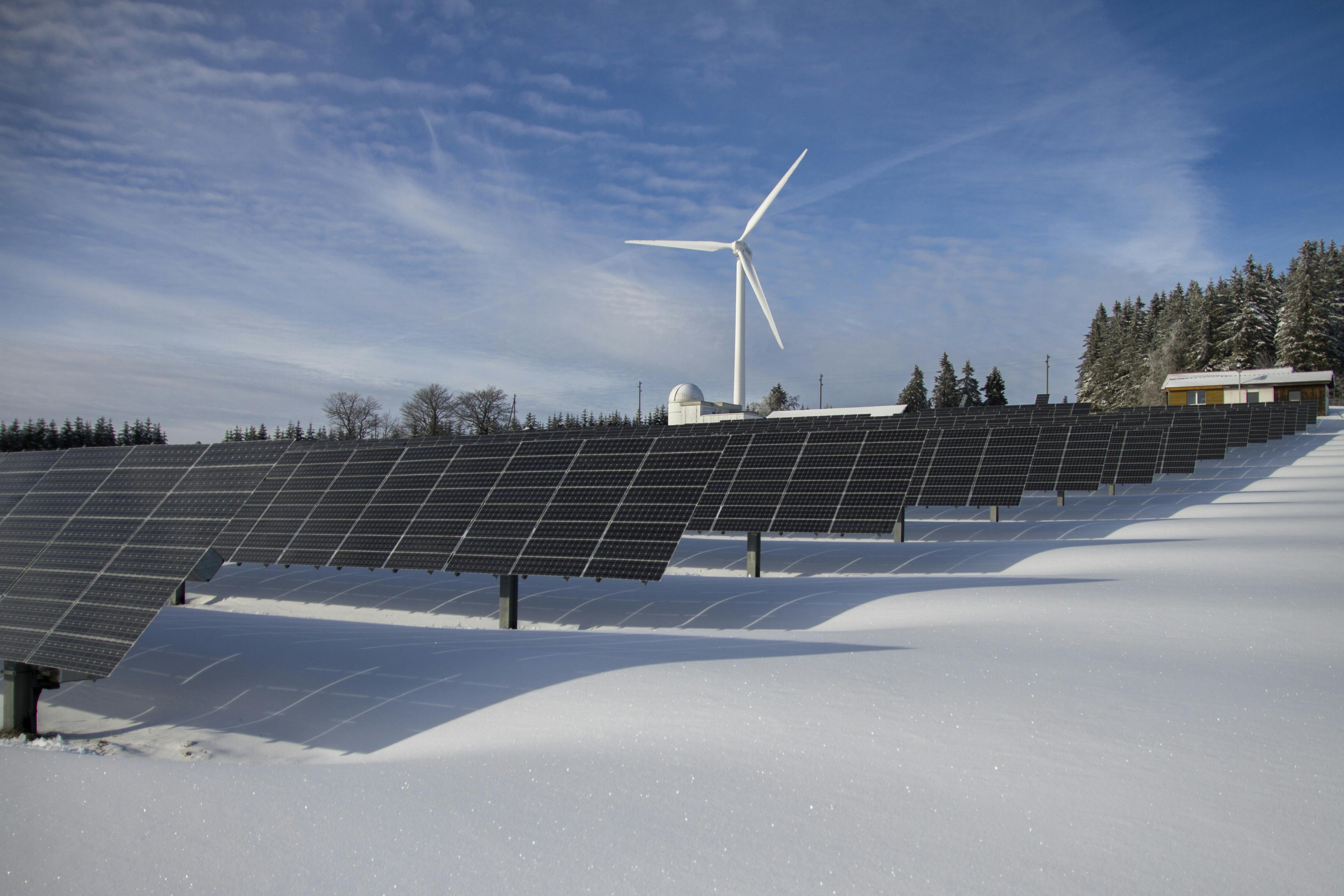Can you install solar panels in conservation areas?
Understand what you need for a solar installation in a conservation area

Yes, you can install solar panels in conservation areas, but must adhere to specific regulations designed to preserve the area's character and appearance.
Conservation areas are designated to preserve locations of special architectural or historic interest, which means any alterations must demonstrate that they won't harm the area's character. Solar installations face particular challenges around visual impact, especially on roofs visible from the street or prominent viewpoints. The materials, positioning, and design of panels often differ from standard installations to meet conservation standards.
Planning permission requirements vary significantly depending on your specific location, the proposed installation's visibility, and local authority policies. While some installations may qualify for permitted development rights, many will require full planning permission due to the enhanced protections in place.
Through MakeMyHouseGreen’s relationship with local councils, many homes in conservation areas we have partnerships in don’t actually need planning permission to install solar. This significantly speeds up the process and makes installing solar panels in conservation areas much more feasible.
Main Solar Takeaways:
• Visual impact considerations: Panels often need to be positioned away from the street and may require specific materials or colours to blend with existing rooflines
• Enhanced planning scrutiny: Most installations require formal planning application rather than permitted development, with heritage impact assessments often necessary
• Specialised installation requirements: Panels typically need to be less visible, use specific mounting systems, and may require premium materials that complement the conservation area's character
Is planning permission required?
Planning permission is typically required for solar panel installations in conservation areas. While standard residential properties can often install solar panels without formal planning permission, conservation area status removes or significantly restricts these rights.
The fundamental reason for this requirement stems from conservation areas' special legal status under the Planning (Listed Buildings and Conservation Areas) Act 1990. These designations exist to preserve areas of special architectural or historic interest, meaning any development that could affect the area's character requires careful assessment.
However, the specific requirements vary between local authorities and depend heavily on your installation's proposed location and visibility. For example, panels positioned on rear elevations that aren't visible from public areas can sometimes qualify for permitted development.
The planning process considers factors including visual impact on the streetscape, effects on neighbouring listed buildings, the panels' size and positioning, and their compatibility with local materials and architectural styles. Modern solar technology offers more options for conservation-friendly installations, including in-roof systems and panels designed to mimic traditional roofing materials, which can improve approval chances.
Even when planning permission isn't strictly required, many homeowners in conservation areas choose to seek formal confirmation from their local authority to avoid potential enforcement action, as the rules can be complex and subject to interpretation.
What does the installation process typically involve in conservation areas?
The installation process in conservation areas follows a more complex pathway than standard solar installations, requiring additional research, documentation, and approval stages before any physical work can begin.
Finding out if you're in a conservation area: Your first step involves confirming your property's conservation area status. Contact your local planning authority directly - most councils maintain online mapping systems showing conservation area boundaries, accessible through their planning or heritage sections. While conservation area designation may appear on property deeds, this isn't guaranteed, as boundaries can change over time and older deeds may not reflect current status. The most reliable approach involves checking your local council's online planning maps or calling their planning department directly with your address.
Researching local authority requirements: Each local authority maintains specific policies for conservation areas, typically found in their Local Development Framework or supplementary planning documents. Look for sections on "Design and Conservation," "Historic Environment," or "Renewable Energy" on your council's planning website. Many authorities publish conservation area appraisals that outline specific requirements and sensitivities for your area. Contact the council's conservation officer or planning department for guidance on solar panel policies - they can advise whether your proposed installation might qualify for permitted development or require full planning permission.
Required documentation: Planning applications in conservation areas typically require standard planning forms plus additional heritage-focused documentation. Essential documents include detailed drawings showing panel positioning, elevations demonstrating visual impact, and photographs of existing roof conditions and surrounding streetscape. A Heritage Impact Assessment may be required, evaluating how the installation affects the conservation area's character and significance. You'll also need technical specifications for proposed equipment, including panel dimensions, colours, and mounting systems. Some authorities request a Design and Access Statement explaining how the proposal respects conservation area character while achieving renewable energy goals.
Timeline expectations: The process typically takes significantly longer than standard installations. Initial research and documentation preparation can take 2-4 weeks, depending on complexity. Formal planning applications in conservation areas generally require 8 weeks for determination, though complex cases may take longer if additional information is requested. Factor in potential appeals or revisions if initial applications are refused. Overall, expect 3-6 months from initial research to receiving planning permission.
Types of solar panels for conservation areas: Conservation area installations typically favour less visually intrusive options. In-roof systems that sit flush with existing rooflines are often preferred over traditional on-roof mounting. Panels in slate grey or black colours tend to receive more favourable consideration than bright blue alternatives. Smaller panel arrays positioned away from primary elevations often gain easier approval than large, prominent installations.
Maintenance considerations: Conservation area installations require the same technical maintenance as standard systems - regular cleaning, inverter monitoring, and periodic electrical checks. However, any future modifications or repairs may require planning permission if they alter the approved installation's appearance. Some conservation areas have additional restrictions on access equipment or working hours that can affect maintenance scheduling and costs.
Does the same apply to heritage sites?
Heritage sites, particularly listed buildings, follow similar but typically more stringent processes than conservation areas, with additional layers of protection that can significantly complicate solar panel installations. While conservation areas focus on preserving overall character and appearance, listed buildings receive individual protection for their specific architectural and historic interest, creating more complex approval requirements.
The fundamental difference lies in the consent required. Listed buildings need Listed Building Consent in addition to any planning permission, creating a dual approval process. This consent specifically examines whether proposed alterations affect the building's special architectural or historic interest, applying more rigorous tests than conservation area planning applications. Grade I and II* listed buildings face the highest scrutiny, while Grade II buildings may offer slightly more flexibility for sensitively designed installations.
Heritage sites often require more extensive documentation, including detailed historical research, structural impact assessments, and reversibility studies demonstrating that panels can be removed without permanent damage to the historic building. Conservation officers and heritage specialists play larger roles in the decision-making process, often requiring expert heritage impact assessments from qualified professionals.
The installation process typically takes longer, with pre-application discussions being virtually essential rather than simply recommended. Historic England may become involved in significant cases, adding another consultation layer. Some heritage sites may have existing management plans or conservation statements that influence solar panel decisions.
However, attitudes toward renewable energy on heritage buildings are evolving, with recognition that climate change poses significant threats to historic buildings themselves. Recent policy guidance acknowledges that renewable energy installations can be acceptable where they don't compromise heritage significance. This had led to some successful installations on listed buildings using carefully designed, minimally intrusive systems positioned away from principal elevations.
The key difference remains the emphasis on reversibility and minimal intervention principles that guide heritage conservation, often favouring installations that can be completely removed without trace if required in the future.
Conclusion
As mentioned above, MakeMyHouseGreen works with many local councils to give residents a better deal on solar and to simplify processes like planning applications. In certain councils, our partnerships can help people living in conservation areas install solar panels without getting planning permission, as long as they meet certain structural requirements. We have extensive experience completing installs in conservation areas and factoring in their unique specifications.
To find out more and see how we could make solar work for your home, book a call directly with a member of our expert team.
Ready to see what you can save?
Our solar calculator is 100% free to use. Enter your postcode below to get started.

Based on 400+ Trustpilot reviews





